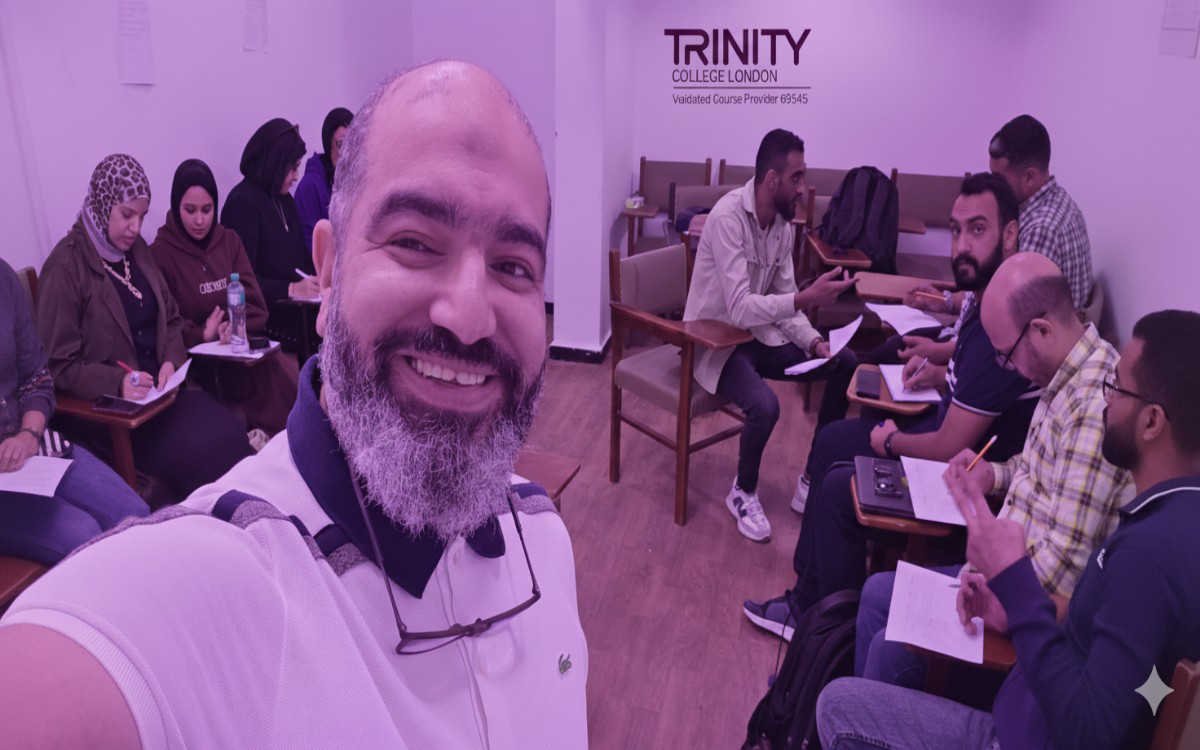
Inspirational journeys
Follow the stories of academics and their research expeditions
Types of Verbs
Verbs are an essential part of speech that signify actions, events or states of being. In English language, there are different types of verbs which serve different grammatical purposes. Here’s a breakdown of some of the most important types of verbs.
1. Regular Verbs: These verbs follow a simple pattern for verb conjugation. They form the past tense by adding ‘-ed’ to the base form of the verb, e.g. “walked”, “talked”, “played”, etc.
2. Irregular Verbs: These verbs do not follow a standard pattern for verb conjugation. They change their form in the past and past participle, often in unpredictable ways. Examples of irregular verbs include “go”, “eat”, “sing”, “rise”, etc.
3. Transitive Verbs: These verbs require an object to complete their meaning. They directly affect a person or thing, e.g. “I ate an apple”, where “ate” is the transitive verb and “an apple” is the object.
4. Intransitive Verbs: These verbs do not take an object; they have a complete meaning on their own, e.g. “I slept for eight hours”, where the verb “slept” does not take an object.
5. Ditransitive Verbs: These verbs take two objects – a direct object representing the person or thing affected by the action, and an indirect object representing the recipient of the action.
6. Main Verbs: These verbs are the primary verb in a sentence, and convey the core meaning of the sentence.
7. Auxiliary Verbs: These verbs are used in conjunction with main verbs, and serve to indicate tense, voice, or mood.
8. Modal Verbs: These verbs express attitudes, such as possibility, necessity, ability or permission e.g. “can”, “must”, “shall”, “could”, “should”, “might”, etc.
9. Semi-modal verbs: These verbs are a mix of modal and auxiliary verbs, e.g “have to”, “ought to”, “need to”, etc.
10. Finite Verbs: These verbs indicate tense, person, and number i.e., they have a subject and a finite form that agrees with the subject.
11. Infinite Verbs: These verbs do not have a subject or tense, they occur as either the base form (bare infinitive) or to-infinitive.
12. Stative Verbs: These verbs express states of being, feeling or perception, e.g. “love”, “hate”, “understand”, etc.
13. Dynamic Verbs: These verbs express actions, events, or processes, e.g. “run”, “write”, “sing”, etc.
14. Phrasal Verbs: These verbs consist of a main verb and one or more particle that together create a new meaning, e.g. “turn up”, “bring up”, “give up”, etc.
15. Linking Verbs: These verbs link a subject to its predicate, they complement the subject by describing or identifying it e.g. “be”, “become”, “seem”, “appear”, etc.
16. Bare Infinitive: This is the base form of a verb, used without “to” e.g. “I made him laugh”.
17. To-infinitive: This is the base form of a verb, preceded by “to”, e.g. “I want to sleep”.
18. Present Participle: This is the -ing form of a verb, which is used with auxiliary verbs to form progressive tenses and gerunds, e.g. “I am swimming”, “singing is her hobby”.
19. Past participle: This is the third form of a verb, used with auxiliary verbs to form perfect tenses, e.g. “I have eaten”, “they had gone”.
20. Lexical Verbs: These verbs hold independent meaning, portraying action or condition e.g. “jump”, “cry”, “live”, etc.
Understanding these different types of verbs can help you to use them effectively in your writing and speaking, and make your communication clearer and more precise.
Tags:
Types of Verbs Verb categories Verb classifications Different types of verbs Understanding verb types Verb forms and functions Types of verbs in English Verb types in grammar Identifying verb categories Main verb types Auxiliary verbs Modal verbs Action verbs State verbs Transitive and intransitive verbs Linking verbs Regular and irregular verbs Finite and non-finite verbs Verb tenses and aspects Verb usage in sentences Verb classifications in linguistics.0 Comments
Categories
- Britishey News 28
- Language Analysis 26
- Crazy English 15
- Professional Development 13
- TQUK TEFL Assignments 11
- Laugh & Learn 10
Recent posts





Leave a comment